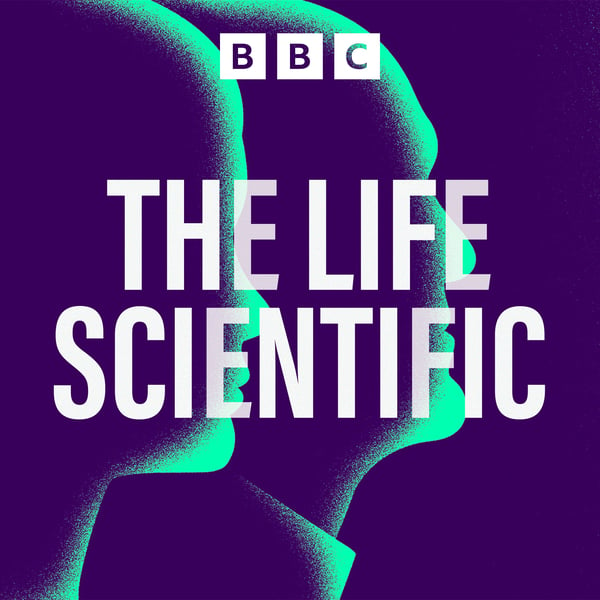Michele Dougherty on Saturn
The Life Scientific
BBC
4.6 • 1.4K Ratings
🗓️ 10 January 2017
⏱️ 28 minutes
🧾️ Download transcript
Summary
Transcript
Click on a timestamp to play from that location
| 0:00.0 | Hello and welcome to the podcast of the Life Scientific. |
| 0:03.6 | First broadcast on BBC Radio 4. |
| 0:06.3 | I'm Jumal Kiele and my mission is to interview the most fascinating and important |
| 0:11.0 | scientists alive today and to find out what makes them tick. |
| 0:15.0 | The Cassini mission to Saturn has witnessed raging storms, |
| 0:20.0 | revealed seven new moons, |
| 0:22.0 | and sent back some stunning images of Saturn and its |
| 0:24.8 | rings up close. And thanks in no small part to Professor Michel Doherty, it's made |
| 0:29.6 | some astonishing discoveries. Jets of waterour and organic material shooting out of the |
| 0:34.6 | south pole of one of Saturn's smaller moons Enceladus, which generated tremendous |
| 0:39.7 | excitement that this tiny moon might be able to support microbial life underneath its icy surface. |
| 0:46.0 | For the past 20 years Michelle has been responsible for one of the key instruments on board |
| 0:50.2 | Cassini, the magnetometer. In 2005 she persuaded mission control to |
| 0:55.2 | divert the spacecraft so that it flew incredibly close to Enceladus. As a |
| 0:59.8 | result these remarkable vapor jets were revealed. In 2008 Michelle was awarded the hugely |
| 1:05.6 | prestigious Hughes Medal for her work, an honour last given to a woman in 1906. She was also |
| 1:11.3 | voted by the UK Science Council as one of the country's top 100 |
| 1:15.2 | living scientists. Michelle Doherty, welcome to the Life Scientific. |
| 1:18.1 | Hello, thank you very much. So Michelle, later this year, Kacini, a mission that was initially planned to last just four years, |
| 1:25.0 | will come to an end 20 years after it was launched. |
| 1:28.0 | And that grand finale, as NASA's calling it, it does sound like it's going to be pretty spectacular. |
| 1:34.5 | It is and I'm a little bit unsettled by at all because what we're planning to do with both |
... |
Please login to see the full transcript.
Disclaimer: The podcast and artwork embedded on this page are from BBC, and are the property of its owner and not affiliated with or endorsed by Tapesearch.
Generated transcripts are the property of BBC and are distributed freely under the Fair Use doctrine. Transcripts generated by Tapesearch are not guaranteed to be accurate.
Copyright © Tapesearch 2025.

